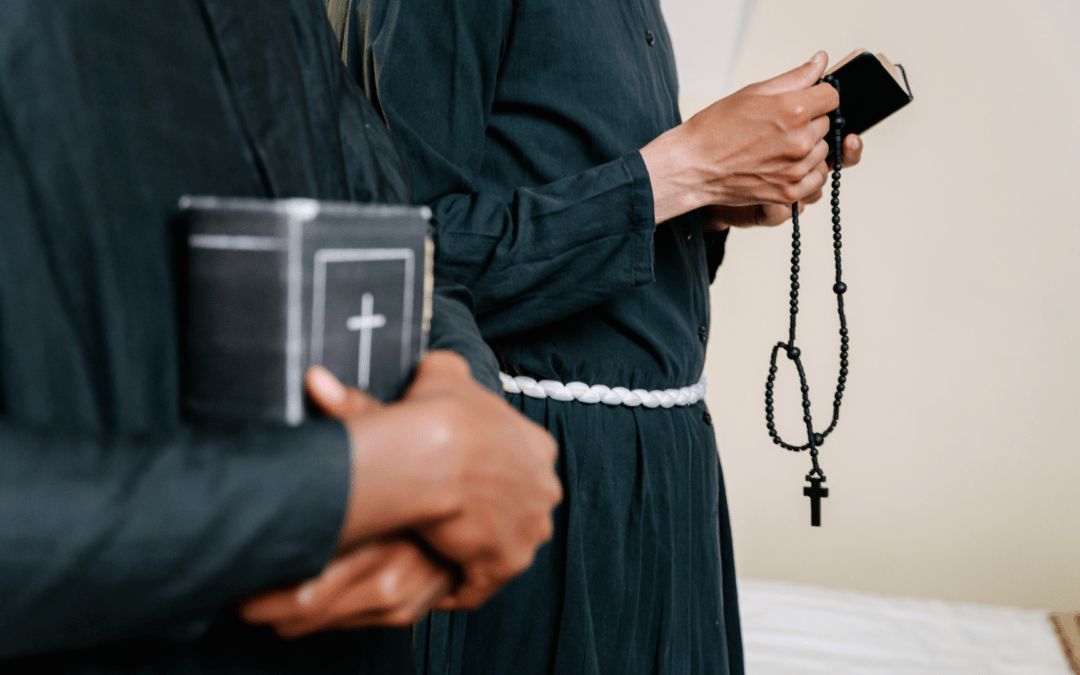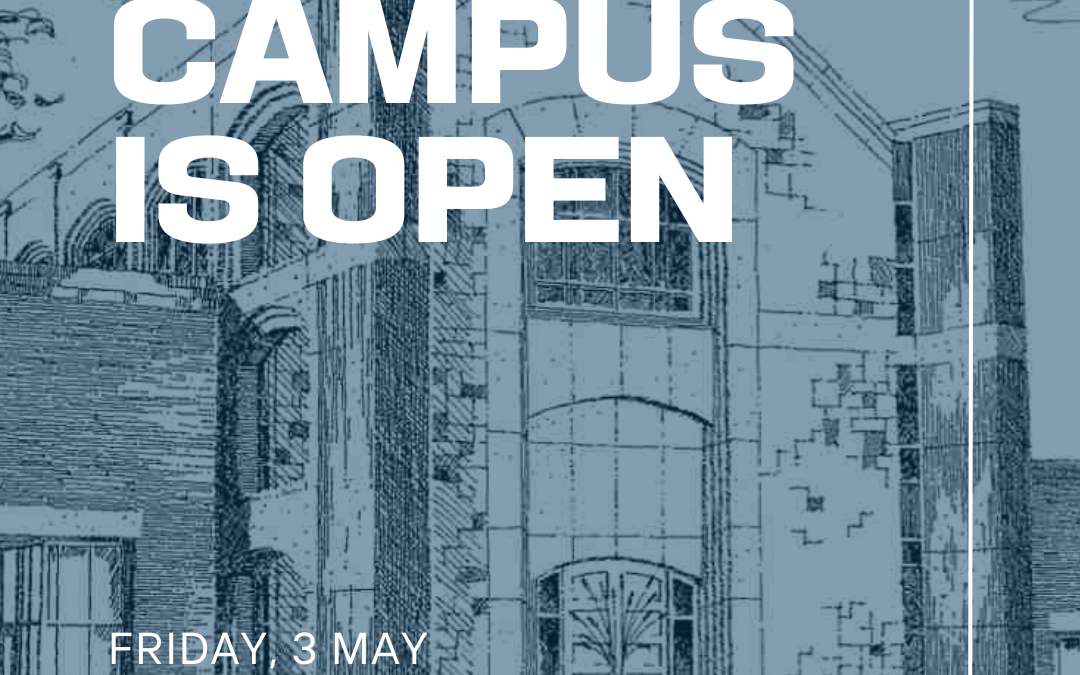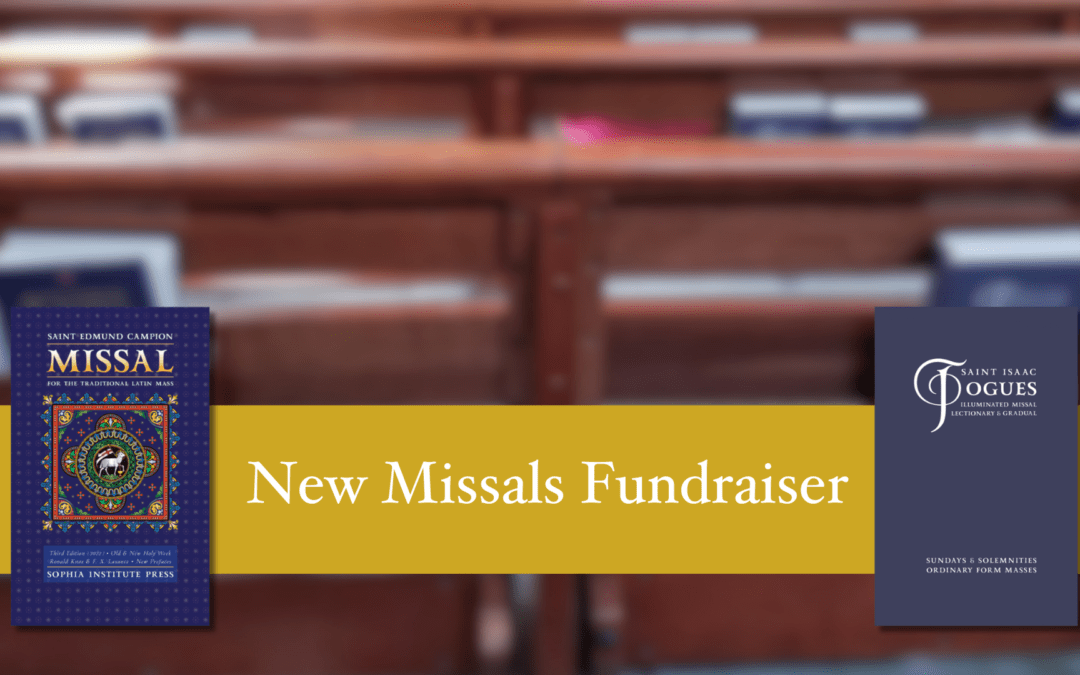
by popadmin | Jul 10, 2024 | Parish Life
PRINCE OF PEACE CATHOLIC CHURCH WINS ‘BEST OF UPSTATE’ AWARD FOR THE THIRD YEAR IN A ROW
Prince of Peace Catholic School also won two ‘Best of’ awards
TAYLORS, SC (JULY 9, 2024) – Prince of Peace Catholic Church and School is thrilled to announce they’ve won three “Best of the Upstate” awards from the annual contest run by the Greenville News. More than a quarter million votes were cast.
Prince of Peace Catholic Church took home the Best Place of Worship for the third year in the row and the school took home Best Private School and Best Preschool in the Upstate.
“The Holy Mass is a sacred time where we are able to experience heaven for a moment,” said Father Christopher Smith, pastor at Prince of Peace Catholic Church. “We strive to engage all the senses during Mass and invite every member of the congregation to worship in a way that brings them into that heavenly space. We are honored to accept this award and invite anyone interested in learning about the Catholic faith to our beautiful Masses.”
Prince of Peace Catholic Church is an extraordinary parish for ordinary people, providing an authentic Catholic experience for parishioners and visitors alike. The parish turns 50 years old this year, is part of the Diocese of Charleston, and has many ministries that cater to an extremely diverse parish.
Prince of Peace Catholic School is the principle apostolate of the Church for the handing on of the Catholic faith.The school encompasses grades K3-8th and has served as a beacon of academic excellence and spiritual growth since 2002.
“We are supremely proud of our Catholic school, its students, and staff,” said Father Smith. “One of my greatest joys is to visit with the students and see how they are growing not only academically in a challenging environment, but spiritually in their Catholic faith. Our school is a true testament to the commitment of our parish to support a place of education where children can be given the opportunity to graduate with academic achievements and a deep, vibrant faith.”
To learn more about Prince of Peace Catholic Church and School, please visit https://princeofpeacetaylors.org/. The church and school are located at 1209 Brushy Creek Road, Taylors.
##

by popadmin | Nov 15, 2023 | Parish Life
Seminarian talk can often sound like its own language, since seminary is so unique, and usually the only people who understand it perfectly are the ones who have been seminarians. For this reason, I have written a quick Everything-You’d-Ever-Want-to-Know-About-Seminary.
Basic Requirements
To qualify to be considered to be a Catholic seminarian, one must be a single, Catholic male of at least eighteen years of age. Oftentimes there is not an age limit on the men entering, as the oldest seminarian studying for the diocese right now is 62.
Who the Seminarian Studies For
A seminarian is always studying either for a diocese, a particular see tasked with parishes over a certain geographical area, e.g. the Catholic Diocese of Charleston oversees all of the Catholic parishes in the state of South Carolina, or a religious order, a group of priests, brothers, and/or sisters who live in community, take vows of poverty, chastity, and obedience, and have their own particular charism, or work. For example, the Dominicans are a religious order of priests whose charism is preaching. Once a seminarian is accepted by a particular diocese or religious order, his education is typically all paid for by that diocese or order.
The Application Process
The application for seminary is notably thorough and lengthy. First, a candidate must reach out to his vocation director, a priest given the job of interviewing candidates, to speak with him and let him know he is interested in seminary. If he commits to applying, the director will give him a list of things he needs to get done. The requirements depend on who he is applying for. However, A seminary application almost always includes references from friends, family, and coworkers, an autobiography, a psychological evaluation (this one is particularly joked about in the seminary because everyone has had to go through the weirdness of the psych eval), and a health physical. There is also usually an interview of some kind, which may just be with the vocations director. However, the Diocese of Charleston interviews candidates with a board of the bishop, the vocations director, as well as priests, religious, and lay expects from around the diocese. This is not as common but is sort of unique to our smaller diocese.
Seminarians Today
In recent decades, the men entering the Catholic seminary have come from more and more diverse backgrounds. There are eighteen-year-olds entering right out of high school, college students transferring in to finish their undergrad (such as myself), men entering right out of college, men entering after a few years in the workforce (which is probably the most common), but then even men entering the seminary after having already worked several careers over many years (these men are typically called late vocations), oftentimes never having married,
sometimes having being widowed, and even in some cases having been divorced. Most of them are born Catholic, but still some are converts, and some may have even been away from the Church for a time and struggled with serious sin. The diocese when considering an applicant only looks at if the man is devoutly practicing his faith now and has done so in a stable way for at least a few years. His family is also normally Catholic and supportive, but could just as well be non-Catholics who are bitterly opposed to his decision. What is important to know is that seminarians are not perfect men who grew up in perfect settings. They are otherwise normal men, except that at one point or another they felt a call from God to serve Him in the Catholic priesthood.
Where the Seminarian is Sent
Once a seminarian is accepted and needs to be sent for studies, his diocese or order must send him somewhere to do his formation and studies. This mostly comes down to the closest seminaries and which the bishop and vocations director prefer. For a diocese to have its own seminary, it must have the money, the available priests to serve as formators, and the amount of seminarians to sustain the seminary. Typically, only big dioceses have their own seminary, and only the largest have seminaries for both college and theology. Because of this, many seminarians will have to attend at least two seminaries before ordination.
The Diocese of Charleston is particularly spontaneous with where it sends seminarians because there are no seminaries close by. The closest is the newly-opened St. Joseph College Seminary in Charlotte, but it currently only has Diocese of Charlotte seminarians. Other than that, some of the closest seminaries would be in Ohio, Maryland, Indiana, DC, or Pennsylvania. As you can see, pretty much all the options for the Diocese of Charleston are not close. This upcoming year, ten seminarians will be studying theology at St. Vincent Seminary in Latrobe, PA, five will be doing either Propaedeutic, philosophy, or theology at St. Vincent de Paul in Boynton Beach, FL, four will be doing either propaedeutic or philosophy at St. John Vianney in Miami, FL, and one will be doing philosophy at Theological College in Washington DC (yours truly), for a total of twenty seminarians.
Some things the diocese may look at in a seminary other than its proximity are how strict or loose the formation is, how good the priest formators are at the seminary, how liturgy is done and taught, how much it emphasizes learning Spanish and Hispanic culture, how good the academics are, how much it emphasizes learning Latin, if the classes are taken in-house or at a co-ed university, or how much it costs to send a seminarian there. Each diocese has its own specific needs for future priests to meet.
Studies and Process
The Catholic Church mandates that for a man to become an ordained priest, he must study first philosophy, then theology. In the Diocese of Charleston, the seminary process has always been about 6-8 years: 2-4 years of philosophy and 4 years of theology. However, the United States Bishops decided in 2022 to mandate a year of prayer and service called “The Propaedeutic Year,” before a seminarian goes full force into studies. This change goes into effect August 2023 and makes the formation process now 7-9 years at the minimum.
Once entering studies, a seminarian will take one of the following paths: If you are entering out of high school, you must study philosophy for four years as your major in college to get your undergraduate degree. For transfers, you will just need whatever amount of time left to finish undergrad with a major in philosophy, which of course may put you behind your original graduation date. If you already have an undergraduate degree, then you study philosophy for two years, which is sort of like getting a graduate degree, but since the classes are undergraduate, it typically doesn’t equate to anything in the real working world other than a certificate. Studying philosophy is one feature that makes Catholic seminary unique, since Protestant denominations don’t require philosophy. However, the Catholic Church still firmly believes philosophy is necessary to gain a solid ground in thinking and reasoning in order to study Sacred Theology.
Regardless of how one does philosophy, each seminarian must study theology for four years afterwards to get a theology degree, usually in the US it is what’s called a Masters in Divinity. Theology studies are mostly intellectually centered but also include some practical how-to classes on things like Baptism and Confession. When the seminarian has finished the first three years, and the seminary and diocese both decide he is ready, he is ordained a deacon. After the fourth and final year of theology, he is ordained a priest.
What I have just laid out is a pretty typical seminary process. However, many exceptions may come into play, such as if the seminarian is studying for a religious order. Additionally, many dioceses mandate what’s called a pastoral year during theology, in which a seminarian works in a parish for a year to gain some experience of what that’s like. For those dioceses, the now 8-10 years.
At the Seminary
The seminarian must live in a seminary institution, in which he lives with other seminarians, often from other dioceses, in a building set for that purpose. The seminary usually has its own kitchen, cafeteria, library, work-out room, classrooms, and conference rooms. Each seminarian typically has his own room, although the living situation of course depends on the seminary. At the seminary, he is obliged to attend Mass and some communal prayers every day. Other than the Mass each seminary prays the Liturgy of the Hours together, which is prayed by religious sisters, brothers, and priests, as well as diocesan priests, deacons, and any others who may pick it up around the globe. No matter where you are or what language, the readings and psalms for a particular hour on a particular day are the same. There are five different hours to be prayed in a day, but the most important are Morning Prayer and Evening Prayer, so they are usually the ones prayed in community.
A seminary may be a completely self-operating institution, in which all the classes are taught in- house, the professors are employed by the seminary, the seminarians only take classes with other seminarians, and the seminary offers the degrees. Or, it may offer no classes of its own, but have a nearby co-ed university where the seminarians take all of their classes along with non- seminarians.
One common misconception is people think that if a man is in seminary then he is going to for sure be a priest. However, it cannot be stressed enough that seminary is a process, and part of the daily life of a seminarian is praying to discern the call. Just like in dating and marriage, you just don’t know for sure if a man is going to stay in or out until he is up there on the altar. When someone leaves the seminary, it’s called discerning out. I have heard of one man who discerned out during his first week of orientation at the seminary, and I have also heard of men who have discerned out right before being ordained a deacon. Seminarians in college are especially known to discern out, as usually rates of around 50% of college seminarians are not ordained priests. We shouldn’t be too surprised at this, since these seminarians are young and college age people are known to change majors and career paths rather rapidly. Usually seminarians entering after college and especially seminarians in theology tend to stay in seminary and have much higher rates of ordination. But this goes to show that the men studying to be priests are completely and totally free to stay or leave at any time.
A formation staff of priests lives at the seminary and oversees the formation of the seminarians. These priests often come from the diocese that owns the seminary.The seminarian meets with one priest, a spiritual director, who hears about his spiritual and moral life in confidentiality and is not allowed to say anything about the seminarian to others. The seminarian also has regular meetings with a second priest, a formation advisor, who talks with the faculty and helps to evaluate the seminarian’s progress. A seminarian does have to be asked back to return each year to the seminary, and it is possible he is forced out by the faculty. This, of course, is more rare and most seminarians leave on their own.
The United States Bishops have for a while set out four dimensions of formation: intellectual, pastoral, human, and spiritual. The Catholic seminary is unique in that it focuses on growth in every aspect of the seminarian’s life. Many Protestant denominations only require intellectual studies, but do not have a set living space where the potential minister is evaluated daily in their personal growth. It is not uncommon to hear a seminarian say that he picked up on some ordinary practical skill while living in the seminary, such as cooking, video editing, lifting weights, etc. I myself learned Spanish in the seminary without having taken an academic class for it there.
From the Diocese of Charleston
UPCOMING EVENTS
- Jan 12-14, 2024 — Men’s Discernment Retreat at Camp Gravatt in Aiken
- Feb 2-4, 2024 — Men’s Seminary Come & See
- Feb 24, 2024 — Women’s Day of Discernment in Columbia
- May 24, 2024 — Four seminarians are set to be ordained deacons, 6 p.m. at St. Joseph Church in Columbia
- June 7, 2024 — Two deacons to be ordained priests, 6 p.m. at the Cathedral of St. John the Baptist in Charleston
Interest in the priesthood, diaconate and religious life is increasing in our diocese! Please continue fostering the openness to serve God and his people. The most fruitful environments for religious vocations are always with faithful priests celebrating reverent liturgies with quality music. In addition, let us promote prayer time in front of the Blessed Sacrament and invite young people to take those graces out to serve the people of God.
If we can be of any assistance in resources or information, please don’t hesitate to reach out to Rev Rhett B Williams, Director of Vocations, by email at vocations@charlestondiocese.org






Recent Comments